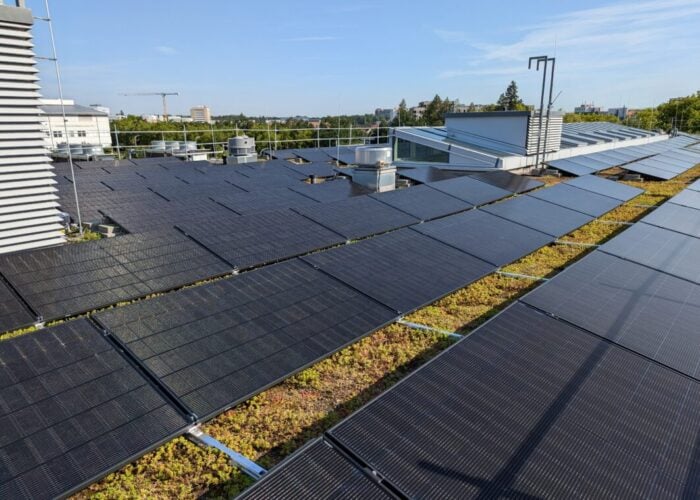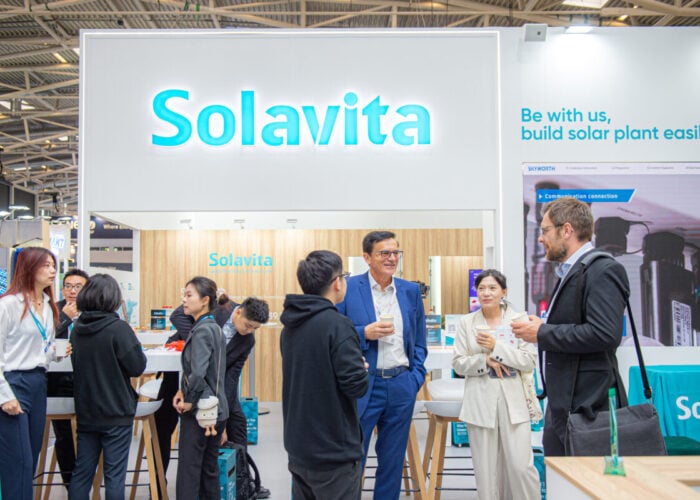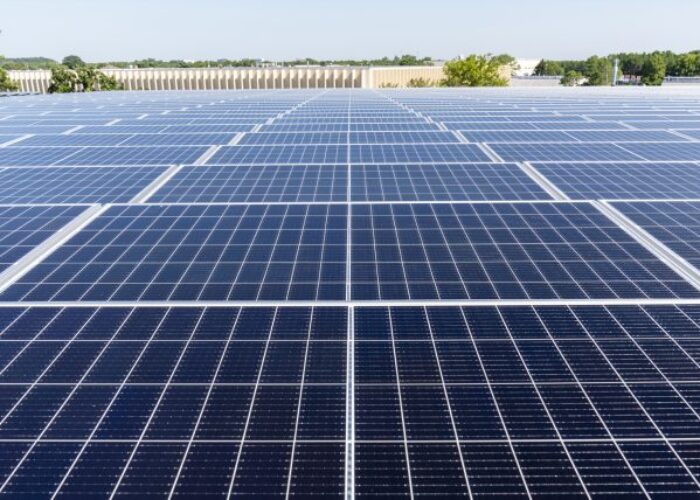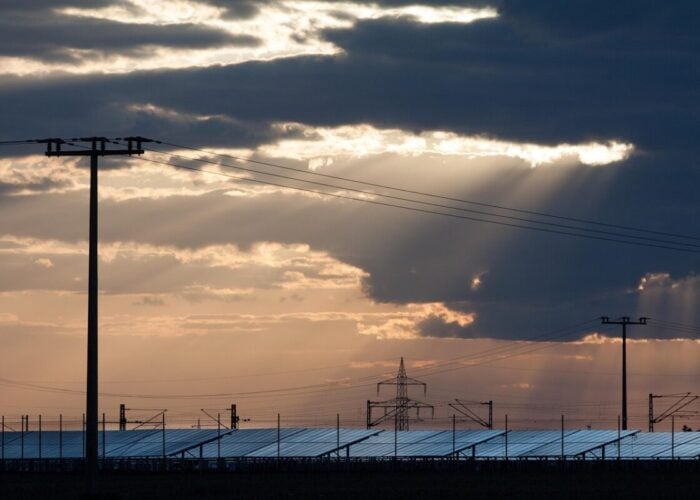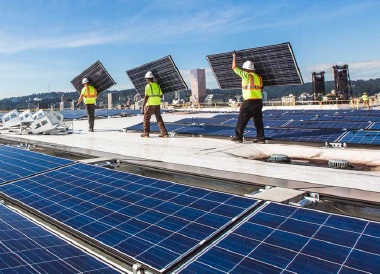
SPONSORED: The inverter market for commercial PV systems continues to rapidly evolve. This is due in part to the significant role that inverters play in PV systems. While they may only account for ~10% of the system cost, they actually influence ~30% of system cost (inverter, Electrical Balance of Systems, labour), manage 100% of system production, and control operations and maintenance (O&M) expenses by enabling PV asset management. Currently, only two main types of commercial inverters are available – central inverters and string inverters. While both offer different benefits, they also have drawbacks. Through technological innovation, solutions can be developed that combine the benefits of both, while also overcoming these standard drawbacks.
During the past decade, central inverters served as the standard for commercial PV systems. The fundamental reason for this trend was due to their economy of scale which allows lower cost per watt for large inverters, thereby decreasing the upfront cost of a commercial PV system. As the industry has matured, there has been a move away from central inverters. A main reason for this divergence is due to the costs that are incurred from the sheer heaviness and bulk of central inverters. While their hefty size requires a large footprint of land or roof space.
Unlock unlimited access for 12 whole months of distinctive global analysis
Photovoltaics International is now included.
- Regular insight and analysis of the industry’s biggest developments
- In-depth interviews with the industry’s leading figures
- Unlimited digital access to the PV Tech Power journal catalogue
- Unlimited digital access to the Photovoltaics International journal catalogue
- Access to more than 1,000 technical papers
- Discounts on Solar Media’s portfolio of events, in-person and virtual
Other reasons for the transition away from central inverters has been due to concerns with decreased system uptime and complex O&M. When there is a malfunction to a central inverter, it results in significant downtime for the entire system, and a specialized and costly maintenance team is required to carry out the necessary maintenance or repairs. These disadvantages have prompted the transition from central inverters to the deployment of string inverters in commercial systems.
String inverters overcome many of the disadvantages that are inherent in central inverters. For instance, string inverters, being easier to carry and install, offer ease of O&M and installation, simple replacement (requires less employees on site, and less skilled employees), higher system uptime, and less land use. An additional benefit of string inverters is that they provide multiple MPPTs and higher-resolution monitoring than central inverters.
However, multiple string inverters do introduce complexity into a PV system, especially in terms of installation. For instance, instead of one AC connection as with central inverters, there are numerous AC connections with string inverters. This also means there are multiple inverters that need to be configured and commissioned. Together, this can mean a time consuming and costly installation.
The PV industry needs innovative technology that can overcome the setbacks of each inverter architecture type, while offering the combined benefits of both. New larger string inverters offer this. These larger string inverters, between 55k and 100k, combine the best of both worlds. They are light enough to be installed by only two people and like traditional string inverters, no special equipment is required since they can be easily mounted on the wall, meaning no ground space is wasted. In addition to faster installation times, these larger string inverters can come pre-wired and their increased power rating means less AC connections. Since these larger string inverters still maintain the benefits of standard string inverters, they work independently from one another. This means that downtime is limited to the effected hardware and that serviceability and maintenance are simplified. Just as important, the cost per watt of these larger string inverters is competitive.
Just as new innovations, like module-level power electronics, helped the solar industry overcome traditional drawbacks in PV systems, such as energy limitations, lack of design flexibility, opaque monitoring, and safety concerns, new inverter solutions can help move the commercial PV sector forward. In the coming years, these types of innovations will be crucial in making commercial PV more accessible around the world.

Lior Handelsman, VP of Marketing and Product Strategy, founded SolarEdge in 2006 and currently serves as our Vice President, Marketing and Product Strategy where he is responsible for SolarEdge’s marketing activities, product management and business development. Prior to founding SolarEdge, Handelsman spent 11 years at the Electronics Research Department (‘‘ERD’’), one of Israel’s national labs, which is tasked with developing innovative and complex systems. At the ERD he held several positions including research and development power electronics engineer, head of the ERD’s power electronics group and manager of several large-scale development projects and he was a branch head in his last position at the ERD. He holds a B.S. in Electrical Engineering (cum laude) and an MBA from the Technion, Israel’s Institute of Technology in Haifa.



